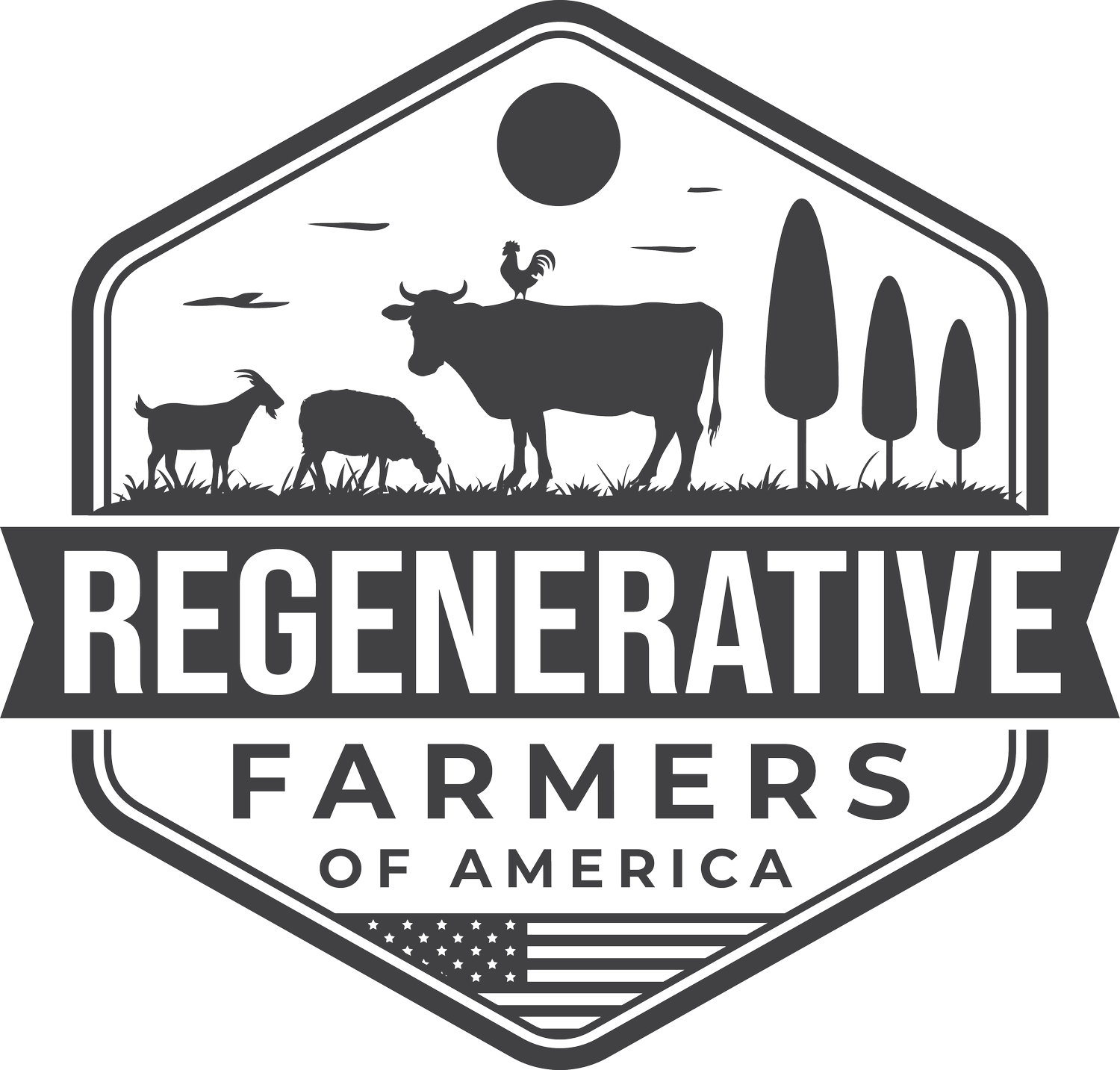The Promise and Peril of Carbon Credit Programs: Why Farmers Are Being Left Out
Carbon credit programs are becoming increasingly popular as a way to address climate change. These programs allow businesses to offset their carbon emissions by purchasing credits from farmers and landowners who sequester carbon in their soils. However, while these programs have the potential to be a win-win for the environment and farmers, there are significant issues associated with them, and many farmers are being left out of the benefits.
What Are Carbon Credit Programs?
Carbon credit programs are a market-based solution to climate change. The idea is that by paying farmers to implement practices like cover cropping and no-till farming, which sequester carbon in the soil, businesses can reduce their carbon footprint and support sustainable agriculture.
The Issues with Carbon Credit Programs
While carbon credit programs have great potential, there are significant issues associated with them.
According to a study by the National Sustainable Agriculture Coalition, less than 0.5% of US farmers are currently participating in carbon markets, and the majority of the credits are purchased by corporations rather than individuals or small businesses. Additionally, the credits themselves are often sold on a global market, which can drive down the price paid to farmers. According to a report by the National Farmers Union, farmers in the US are typically paid less than $5 per ton of carbon sequestered, which is well below the actual cost of implementing carbon sequestration practices.
Another issue is that the programs often fail to take into account the full scope of farming practices that sequester carbon. For example, programs may only credit farmers for practices like cover cropping and no-till farming, while ignoring other practices like crop rotation and agroforestry, which can also sequester significant levels of carbon.
What Needs to Change
In order for carbon credit programs to benefit farmers, there are several changes that need to be made.
First, programs need to be designed in a way that is accessible to all farmers, regardless of their size. This could include setting up regional carbon markets that prioritize small farmers or creating programs that focus on practices like agroforestry that are well-suited to smaller operations.
Additionally, programs need to take into account the full scope of farming practices that sequester carbon, rather than just focusing on a few select practices. This could involve working with farmers to develop comprehensive carbon management plans that incorporate a variety of practices.
Further, carbon credits need to be at a financial level to incentivize farmers. Most payments are too low to be worth a farmer’s time to participate in the program or implement the changes. We further put a burden on farmers to produce efficiently, protect the environment, and then we can’t even cover the cost of changes we want them to do.
Conclusion
It’s our hope that changes will come to the carbon credit market by working with farmers to develop comprehensive carbon management plans and creating programs that prioritize small farmers, we can create a more sustainable and equitable agricultural system that benefits everyone. Until then, carbon credits appear to be another program directed at supporting corporations, not farmers.



